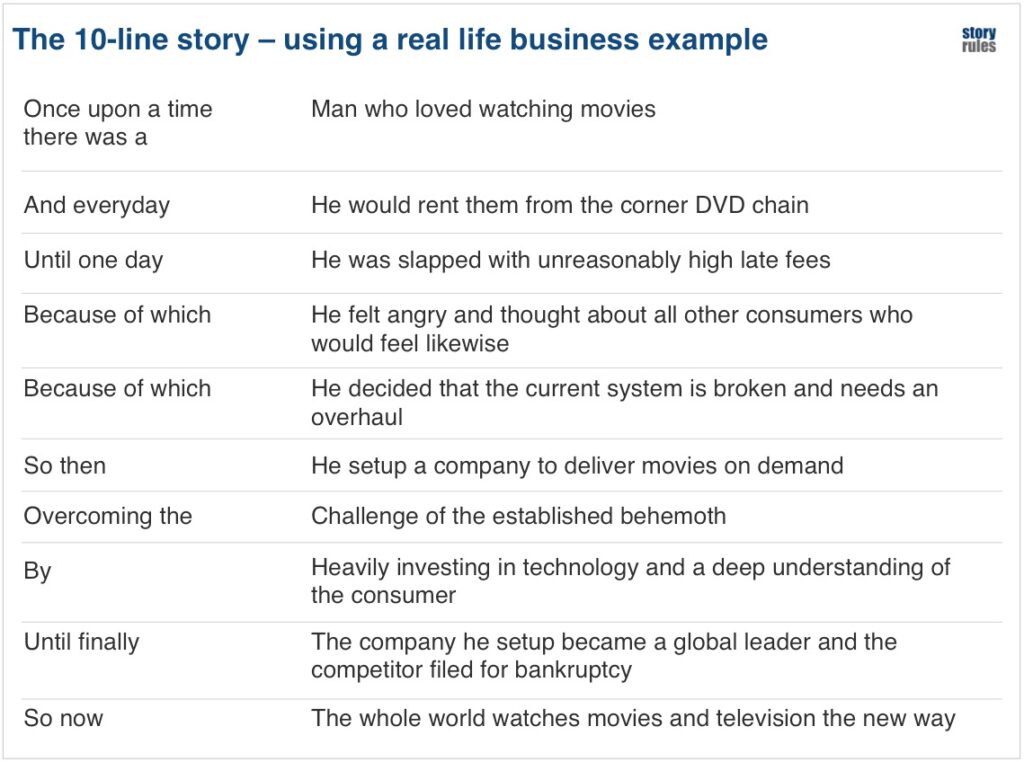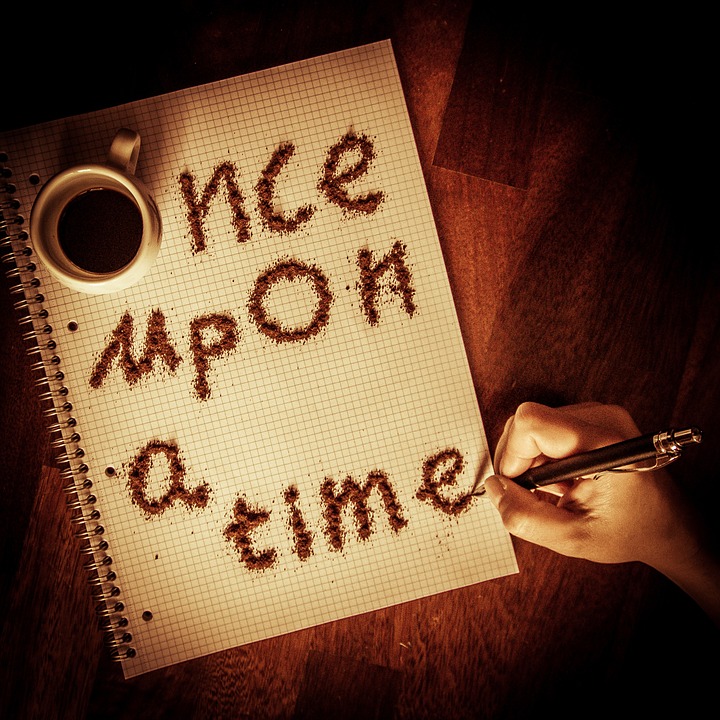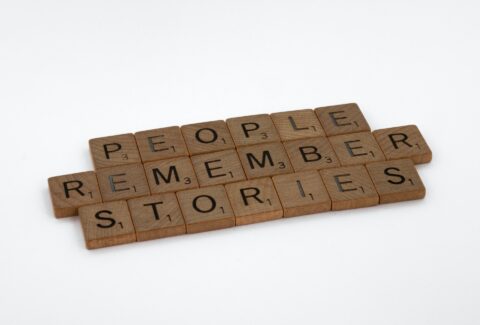A 10-line cheat-sheet to craft your work story
Do you get stuck in any of the following situations:
- Your team has just completed a kickass project and wants to tell a story that does justice to their effort and outcome
- You are pitching your company/product to a key institutional client
- Your six-year-old never tires of asking you: “Papa/Mamma, can you please tell me a story”
In each of the above situations, the issue is not that you don’t know what to say (ok perhaps in the third one it is). The issue is you don’t know how to structure your thoughts in a simple, engaging story format. If only there were an easy to use, and yet comprehensive story framework that you could use…
A Cheat Sheet for the 7Cs
In an earlier post, we had seen how most major blockbuster movies use a simple yet reliable story framework to engage the audience – I coined it “The 7Cs Framework”.
Now while that construct is powerful, it can be a bit challenging to use, especially if you are a beginner at storytelling.
Enter – the Cheat-Sheet for crafting your own story. I have adapted this from a famous one-sentence story spine by Pixar Studios, which goes like this:
Once upon a time there was _______. Every day, _________. One day _____________. Because of that, _________. Because of that, _________. Until finally _________.
While this format is great, for me it is a bit too spartan to create a business story. And so, here’s my adapted 10-line framework that can get your thoughts flowing smoothly and enable you to craft an engaging, comprehensive story:
- Once upon a time there was a:
- And everyday:
- Until one day:
- Because of which:
- Because of which:
- So then:
- Overcoming the:
- By:
- Until finally:
- So now:
Let’s explain what each of the above lines stand for (and you’ll see our familiar friend – the 7Cs making their appearance here):

The structure is best understood through a couple of examples. Here’s a real-life business story:

That’s the Netflix story in 10 lines! (By the way, if you want a more vivid narration, go no further than this absolutely fabulous podcast series, called Business Wars, recommended by a friend, Rahul Tawde. It brings the whole story alive.)
Here’s another example of the 10-line story. This was inspired by a discussion in a recent classroom session:

In the above example, notice that the tool (Trello) which helped the Hero, made an appearance only in the 6th line! Most often our solutions and products occupy prime space in our story – when instead it should be our customer and her problems. We come in much later.
Go forth and create stories
And so, you’ve been given the power to craft your own stories. Go wild, be creative, mix things up. It may help you get unstuck the next time you need to tell your project story.
A good way to practise this structure is to conduct a ‘story circle’ exercise (I underwent this in an improv training session organised at Storywallahs). You form a circle with 3 or more participants and one person starts off the story with line 1. The next person in the circle builds on the story by adding line 2… and so on. Sooner than later, someone introduces a funny twist and the entire group is laughing. You may not come up with the next blockbuster idea, but the exercise is a great stress reliever.
A disclaimer
Finally, a disclaimer, in case you are planning to use this to tell stories to your kids.
I once played the story circle game with my wife and my six-year old during a car ride and it was fun. A few months later, when he was pestering me for a story during sleep-time, I started off… “Once upon a time there was a _____ and everyday he would ______”.
I was probably on line 3, when he asks: “Appa, are you using that story format again? Please can you tell me a proper story”
With today’s kids, you cannot win.
*****
Featured image credit: Pixabay








